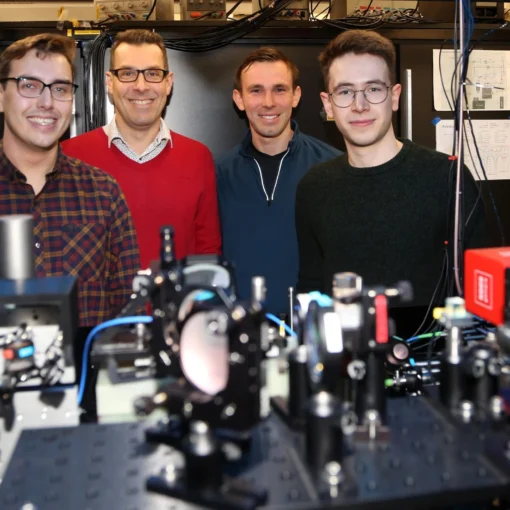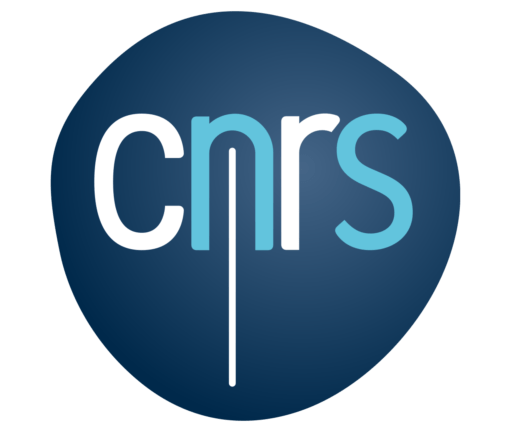
Exploring the Boundary Between Classical and Quantum Worlds
Scientists have developed a groundbreaking device that uses dual-colored laser beams to levitate and study pairs of electrically charged glass nanospheres.
By visiting our site, you agree to our privacy policy regarding cookies, tracking statistics, etc.

Scientists have developed a groundbreaking device that uses dual-colored laser beams to levitate and study pairs of electrically charged glass nanospheres.

Quantum entanglement is a remarkable phenomenon where two particles become interconnected, so that the state of one instantly affects the other, no matter how far apart they are. This unique property is a cornerstone of quantum computing and a range of advanced technological applications. While entanglement has been achieved with atoms, achieving it with complex molecules is a significant step forward because molecules offer additional structures and properties, such as vibration and rotation, that can be leveraged in advanced quantum applications.

Researchers at CNRS, Université Paris-Saclay have demonstrated the 3-D trapping of atoms in a Rydberg state inside holographic optical bottle beam traps.
